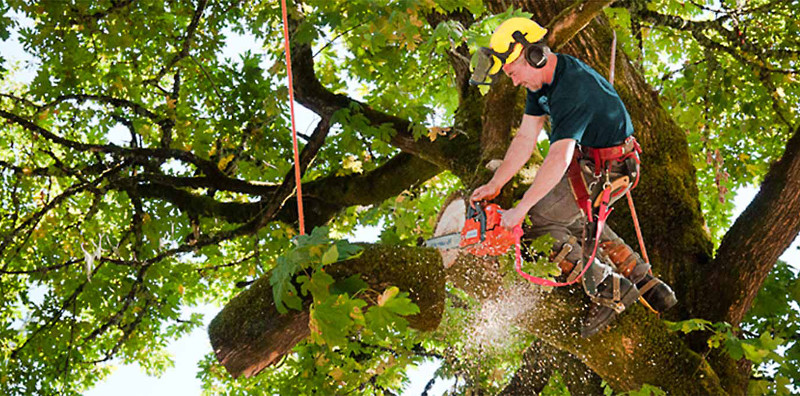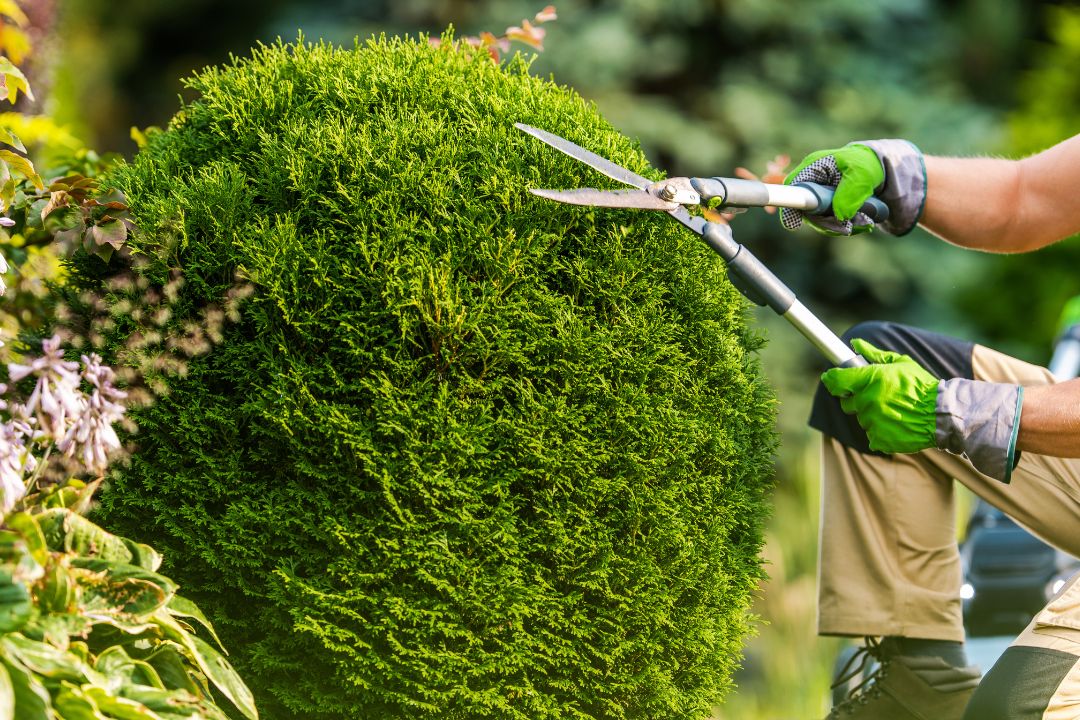Recognizing the Significance of Tree Preservation and Preservation Practices in Urban Areas
In the bustling landscape of urban settings, trees often stand as quiet guardians, offering a plethora of advantages that expand much past their visual charm. As we explore the interwoven material of ecological, social, and financial advantages that urban trees supply, it comes to be apparent that their conservation is critical for the wellness of existing and future generations.
Environmental Benefits of Trees in Cities
Trees in metropolitan areas play a vital role in giving numerous ecological benefits, contributing to the overall well-being of city dwellers. This procedure helps minimize the focus of harmful gases, making the air cleanser and healthier for homeowners.

Additionally, trees add to water monitoring by reducing stormwater runoff and dirt disintegration. Their root systems absorb excess water, preventing flooding and filtering pollutants before they reach water bodies. This all-natural procedure aids maintain water quality and safeguards water ecosystems in city locations. In general, the ecological benefits of trees in cities are crucial for producing lasting and habitable urban atmospheres.
Social Significance of Urban Tree Preservation
In modern metropolitan landscapes, the conservation of trees holds substantial social value for cultivating area health and improving high quality of life. Urban tree preservation plays an important duty in developing rooms for social interaction and community engagement.

Economic Worth of Tree Conservation
The preservation and conservation of city trees offer considerable financial benefits that add to the overall financial health of communities and cities. Urban trees give a large array of economic advantages that positively affect regional economic situations.
Furthermore, trees play a critical role in minimizing stormwater drainage and mitigating the effects Tree trimming CT of flooding, which can lead to expense savings for cities in terms of infrastructure upkeep and fixing. Urban trees likewise contribute to boosted air quality by releasing and soaking up toxins oxygen, leading to prospective cost savings in medical care prices related to respiratory ailments. By investing and recognizing in the financial worth of tree conservation, cities can promote sustainable development, boost lifestyle, and develop even more resistant city settings.
Techniques for Sustainable Urban Tree Management
A thorough approach to lasting metropolitan tree administration includes incorporating diverse approaches that prioritize long-term ecological health and wellness and area wellness. Applying tree supplies and assessments is vital to recognize city tree populaces, their health and wellness, and maintenance needs.
Neighborhood involvement plays a critical role in sustainable metropolitan tree monitoring. Educating citizens about the advantages of trees, organizing tree planting occasions, and entailing volunteers in tree care activities fosters a feeling of possession and stewardship. Partnership between city government, ecological organizations, and homeowners is key to developing and carrying out reliable tree monitoring plans.
Purchasing green infrastructure, such as green roofing systems and urban woodlands, can give multiple benefits, including boosted air high quality, stormwater administration, and urban heat island mitigation. tree removal. Integrating trees into metropolitan preparation and style procedures makes sure that trees are valued as important components of a resilient and healthy urban environment
Community Participation in Tree Conservation
Area participation is a basic element in promoting sustainable urban tree monitoring practices and making sure the lasting wellness and conservation of city tree populations. Involving the community in tree conservation initiatives can cause boosted recognition, gratitude, and stewardship of trees within metropolitan areas. When residents actively join tree conservation, upkeep, and growing initiatives, they establish a feeling of ownership and pride in their regional setting.
Community involvement also advertises social cohesion and cooperation amongst residents, local authorities, and environmental organizations, cultivating a shared obligation for urban tree preservation. By organizing tree planting occasions, academic workshops, and volunteer chances, areas can work together to enhance the metropolitan tree canopy and develop greener, much healthier cities.
Verdict
Finally, urban tree preservation and conservation practices play a crucial role in enhancing the ecological, social, and economic health of cities. By acknowledging the value of trees in metropolitan locations and implementing lasting management methods, neighborhoods can appreciate the countless advantages that trees offer. It is vital for stakeholders to proactively get involved in tree preservation initiatives to make certain a greener and much healthier city setting for existing and future generations.
